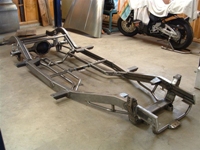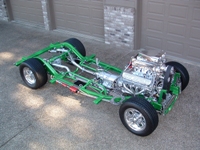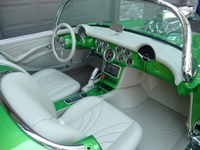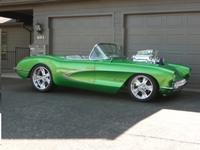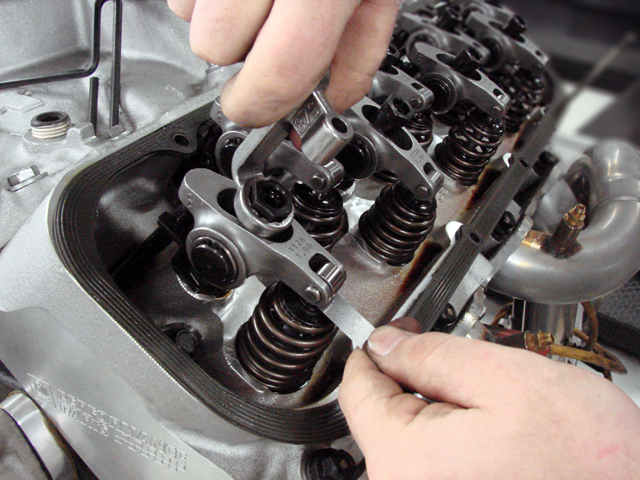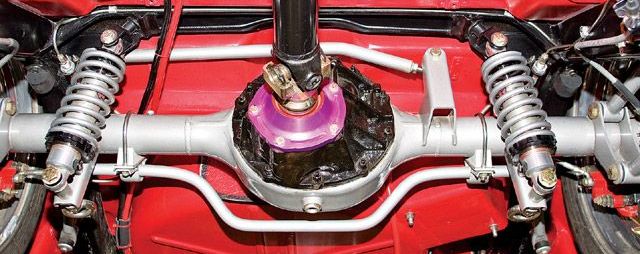
How to Determine Your Axle Gear Ratio
So, assuming you've got an axle up in the air with the driveshaft disconnected & neither wheel on the ground:
- If you turn one tire & the other one either stays still while the pinion rotates, or the other one rotates backward while the pinion stays still, or something in between, then you've got an open diff or a very weak LSD (like a Trac-Lok with too many miles on it). In this case, you need to secure one wheel (perhaps by lowering the tire onto the ground), then you can figure your gear ratio by rotating the airborne tire TWO full rotations and counting the number of times the pinion rotates. 3.73 turns means 3.73 gears. If you only rotate the tire once, then 1.865 turns means 3.73 gears.
- If you turn one tire & the other one turns the same number of turns in the same direction, then you've got a good LSD or locker. In this case, you can just rotate the tires ONE full rotation and figure your gear ratio by counting the number of times your pinion rotates. 3.73 turns means 3.73 gears.
If you've never opened up an open differential and rotated the various parts to see how it all interacts, I highly recommend doing so. That's what really made all this make sense for me when I was first learning about Jeeps.
One good site for learning about this stuff is How Stuff Works. If you click on the "Spinning at different speeds" link and pay attention to the animations, you'll see what I was talking about with the outside wheel spinning faster than the ring gear while the inside wheel spins slower. When determining your gear ratio, the key is that you need to make your ring gear (not necessarily your tire) make one full rotation.
Calculating your engine RPM
I'll expand the following into a page of its own eventually, but if you're curious how to find what your engine RPM will be with different tire sizes, gear ratios, and cruising speeds, use this formula:
Divide 336.1355 by the height of your tire in inches. Call this number P. Next, to determine your engine RPM at a certain speed (in MPH) with a certain gear ratio, you just multiply P times the gear ratio times the speed. If your tranny has overdrive, multiply that result times your overdrive ratio. If you've got an auto tranny without a lockup torque converter (which means anything prior to the early 1980's), then you can add about 5 or 10% to that number to allow for torque converter slippage.
For example, say you've got 31" tires, 3.73 gears, an auto tranny with 0.79 overdrive but no lockup converter, and you want to check your engine RPM at 70 mph:
- 336.1355 / 31
- 10.843 * 3.73 * 70
- 2831.101 * 0.79
- 2236.57 * 1.05
- 2236.57 * 1.1
- = 10.843
- = 2831.101 rpm (direct drive, no slippage)
- = 2236.570 rpm (overdrive, no slippage)
- = 2348.398 rpm (overdrive, minimal slippage)
- = 2460.227 rpm (overdrive, maximum slippage)
So you'd be cruising down the interstate at roughly 2400 rpm.
